THE HIGHLAND SCOTCH (sic) ELEMENT IN THE EARLY
SETTLEMENT OF ALABAMA
By THOMAS CHALMERS McCORVEY, LL.D.
(Transcribed from original (including misspellings) The Alabama Historical Quarterly, Vol. 01, No. 01, Spring Issue 1930)
Refugee Highlanders leave for American Colonies
III.
The refugee Highlanders found asylums in different parts of the American colonies; but it appears that the chief magnet that attracted them was a settlement which had been established already by some of the McNeil’s and others of their countrymen in the Cape Fear river region of North Carolina – several years before the uprising of “the Forty-five.”
This region embraces chiefly the counties of Cumberland, Robeson and Richmond-three of the sub-divisions of the earlier country of Bladen; and the common center, says the historian McLean, was Cross Creek or Campbelton, now Fayetteville, the county site of Cumberland.
“Did you know that religious persecution occurred in early America? Read about it in this historical series by Alabama author Donna R. Causey“
The same authority estimates that by 1753 there were in Cumberland County one thousand Highlanders capable of bearing arms, which would make the whole number between four and five thousand. An increased impetus was given to this immigration in 1774 by the arrival of the heroine, Flora McDonald, with her husband, Allan McDonald, and large numbers of their fellow clansmen.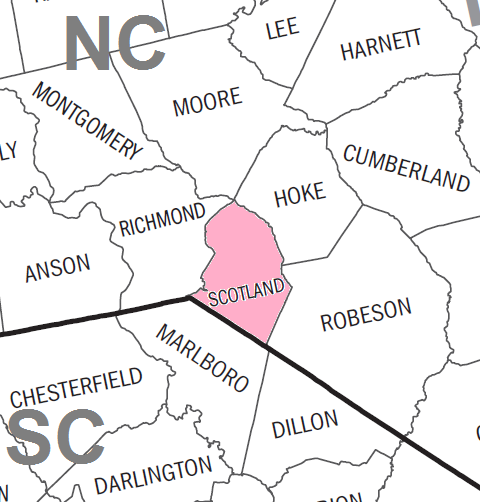
In fact so many came that Cumberland County was nicknamed “County Donald.” A traveler riding on horseback through that region as late as 1860 said that when he met a stranger whom he wished to address he always called him “Mr Mac ” and that in a large majority of cases he hit it right.
Where Flora Macdonald worshipped
While most of the refugees found more or less permanent homes in that region, various causes-some political others economic-tended to diffuse them throughout the new south-west, and not a few pushed on to that part of the territory of the Creek and Cherokee Indians now embraced in the State of Alabama.
Before the outbreak of the Revolutionary War we find men who had drawn their claymores for “Bonny Prince Charlie” as leaders among those savage tribes. One of the most picturesque figures among them was Roderick Mclntosh, familiarly known as “Old Rory,” whose romantic—not to say Quixotic—character and career have been strikingly portrayed in the twenty-eighth chapter of Pickett’s “Alabama.”
“Old Rory” became the father of the noted half-breed Creek Indian Chief, Colonel William Mclntosh and the grandfather of Chilly Mclntosh, who at the head of one hundred painted and plumed Maskoki braves joined in the welcome to LaFayette on the banks of the Chattahoochee in 1825.
John Ross was one of those Scotch(sic) exiles who accepted Cherokee citizenship, became a chief, married an Indian wife, and founded a family which became powerful in Cherokee councils. McNair and Duncan are other familiar names introduced into the Cherokee nation by this Scotch (sic) infusion.
John Ross Cherokee chief
A Resistance led by Gov. Josiah Martin
IV.
When the revolt of the colonies against the mother country broke out, perhaps most of the Highland immigrants were inclined to join with the English colonists in their resistance; but the active work of the royal governor of North Carolina, Josiah Martin, set in motion a disastrous counter current.
He urged upon the new-comers the binding force of their oath of allegiance to the English King—an appeal to their sense of honor that had its weight with the chivalric Celtic temperament.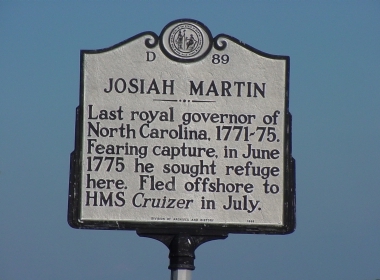
McLean says: “They did not realize the craftiness of Governor Martin in compelling them to take the oath of allegiance and they felt bound by what they considered a voluntary act, and binding with all the sacredness of religion”.
As a result of Martin’s machinations, Donald McDonald was placed in command of a Highland army to be raised to support the royal cause and given the rank of brigadier general, with Donald McLeod second in command.
On February 1, 1776, McDonald set up the royal standard at Cross Creek (Fayetteville), and summoned the clans to rally around it. But all did not respond for “some would not engage in a cause where their traditions and affections had no part.”
The number that joined has been estimated at about sixteen hundred.
On February 18, this force set out to join the expected British fleet at Wilmington; but was intercepted by a patriot force of approximately one thousand men under Colonel Caswell, at Moore’s Creek Bridge, on February 27, 1776. After a short sharp battle the Highlanders were defeated and the victory over them was lasting and complete. The Americans took eight hundred and fifty prisoners with a large supply munitions of war.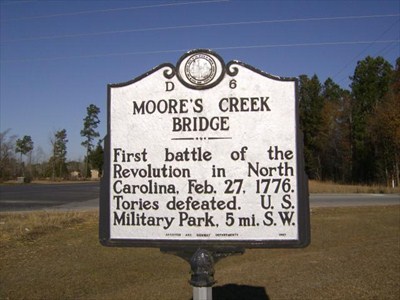
Due to persecution, many Scots sought homes in West Florida
Notwithstanding many of the Highlanders who had been engaged at the battle of Moore’s Creek Bridge afterward enlisted with others of their countrymen in the American army and faithfully served the cause of independence, the new-comers were generally regarded with suspicion, if not actually persecuted; and many of the more adventurous determined to seek homes in what was then the British province of West Florida.
That province, which had not joined in the movement for independence, embraced the whole region south of the line of thirty-two degrees, twenty-eight minutes, north latitude, extending from the mouth of the Yazoo River on the Mississippi east to the Chattahoochee.
That line ran between Montgomery and Wetumpka, which are within fifteen miles of each other. All of the present State of Alabama south of that line-the section which corresponds very nearly to what we now loosely call“South Alabama” was in the British province of West Florida, and all north of that line was in the British province of Illinois.
“Do you need some help in your genealogy search? Save time and avoid pitfalls in your research with this inexpensive book.“
Many Scot Indian Countrymen were in Alabama
In speaking of the so-called “Indian Countrymen” inhabiting his region, Pickett says: “Some of these men had come to the Creek nation before the Revolutionary War, and others, being Tories, had fled to it during the war and after it to escape Whig persecution…generally of Scotch (sic) descent, many of them were men of some education. Some of them were married to Indian wives and had intelligent and handsome children.” Whatever of civilized government existed in this Indian region emanated from the capital at Pensacola.
Don Bernado Galvez
During the war, Spain as the ally of France became a virtual ally of the struggling colonies, and Don Bernado Galvez, governor of the Spanish province of Louisiana, was authorized to lead an expedition from New Orleans for the conquest of British West Florida.
He captured Mobile (1780) and later Pensacola (1781) and thus transferred the dominion of the province from Great Britain to Spain. So the Highland exiles as well as the English colonial loyalists who had sought a refuge under the British flag m the province of West Florida found themselves transferred at least nominally to an alien rule-which, however was to continue only a few years as a subject of controversy between Spain and the new republic of the United States.
Abolition of the clan system and economic hardships led more to leave Scotland
The Highland immigration to North Carolina, which had been interrupted by the Revolutionary war, was renewed by the time of the final treaty of peace between the United States and Great Britain in 1783.
This time, however, it was not predominantly the Jacobite exiles who came, but various septs and dependents of the Campbell clan and of other clans which had either sided with the House of Hanover or had taken no part in the Rebellion of 1745-6. But the causes of the movement were in part the same—the abolition of the clan system and economic hardships in the motherland.
A further opening to the southwest for these additional immigrants occurred when the Indian claims to a large part of what is now Alabama had been vested in the United States by the treaty of Fort Jackson in 1814—after the crushing defeat of the Creek confederacy administered by Andrew Jackson in the battle of the Horseshoe Bend of the Tallapoosa River.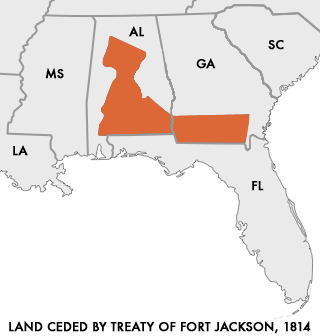
By that treaty the Creek Indians ceded all their lands west of the Coosa River and south of a line drawn from Wetumpka to a point just below Eufaula on the Chattahoochee River; and the cutting of the “Federal Road”—leading southwestwardly from the Ocmulgee River in Georgia to the lower reaches of the Alabama River system—opened a highway to a large part of this new land of promise.
Along that road, in continuous trains of horse-and-ox-drawn covered wagons, poured thousands of pioneers no longer colonial loyalists and Jacobite exiles; but patriotic Whigs from the South Atlantic states of North and South Carolina and Georgia, who had borne their parts in the struggle for independence; and among them was a considerable proportion of the newly arrived Highlanders, who did not come as traders and adventurers among the Indians, but ashome-makers with their wives and children.
Several neighborhoods in South Alabama still bearing such names as “Scotland” and “Caledonia” bear testimony to the influence of the Scotch (sic) settlers among the pioneers.
Many leading founders of Alabama had Scottish ancestors
V
The importance of the Highland element in the early as well as the later history of the State is indicated by the number of leading men of that stock who appeared in public life in the first half century of Alabama’s statehood. John Murphy, the fourth governor of the State (1825-29), who was one of the leading framers of its first constitution, was born in Robeson County, North Carolina, of parents who had come from Kintyre, Scotland; and according to Brewer’s “Alabama,” he spoke throughout his life with a decided Scotch (sic) accent.
Governor John Murphy
Brewer’s book which was published in 1873, giving brief biographical sketches of the public men who had shaped the early destiny of the State, has recorded the services of a number of other leaders bearing such wellknown Scotch (sic) names as Campbell, Fraser, Gordon, Graham, McAlpine, McCall McClung, McConnell, McGillivray, McKee, McKinley, McKinstry McLemore, McMillan, McRae, McSpodden, McVay and Ross.
In like manner Garret’s “Reminiscences of Public Men in Alabama for Thirty Years” (the period covered by his own public life), also published in 1872, tells of the public services of such leaders as Campbell, Kennedy, Lindsay, McAllister, McAlpine, McClellan, McLeon, McCoy, McConnell, McClung, McDonald, McGuire, McCaskill, McLemore, McMillan, McSpadden, McVay and others whose names indicate their racial origin.
The standard of general intelligence among the Scotch (sic) pioneers is indicated by a glance at “A Register of the Students and Officers of the University of Alabama,” published in the seventieth year of the existence of that institution (1901) – before the beginning of its recent notable development. It shows the following family names with a number of individuals, in most cases, enrolled under each name; Buchanan, Cameron, Campbell, Carmichael, Chalmers, Chisholm, Duncan, Ferguson, Fraser, Gilchrist, Gordon, Graham, Kennedy, Lindsay, McAdory, McAlpine, McArthur, McBryde, McCain, McCall, McCalla, McCann, McCants, McCay, McClellan, McCleskey, McClung, McCullum, McCombs, McConnell, McConico, McCraw, McCreary, McCollough, McCurdy, McDade, McDaniel, McDavid, McDonal, McDow, McDowell, McEachin, McGee, McGiffert, McGowan, McGuire, McInnis, McIntosh, McIntyre, McIver, McKeithen, McKellar, McKenny, McKenzie, Mcknight, McLean, McLaughlin, McLemore, McLeod, McLester, McMath, McMillan, McMullen, McNeill, McPherson, McQueen, McRay, McTyer, McWhorter, McWilliams, Rankin, Ross, Stewart and others.
Later publications in Alabama biography would show a proportionate increase of Highland names, while by intermarriages, as before suggested, strains of that race have been steadily diffused under Lowlander, English and other names.
Certainly a majority of those bearing the family names enumerated above and many other Alabama people can trace the main reason why they were born on this side of the Atlantic to the Chivalric devotion of their ancestors to the “lost cause” of the Stuarts’ and all of them who have the Highland blood can take a pardonable pride in their descent from that great branch of the Celtic race which proved itself no unworthy foe of the legions of Agricola and of Severus centuries “before Saxon had set foot on the shores of Britian.”
Note: While the facts upon which the foregoing article is based have been gathered from a number of sources- some from unrecorded recollections of pioneers—the writer is specially indebted to “The Clans, Septs and Regiments of the Scottish Highlands,” by Frank Adam: W. and A. K. Johnston, Edinburgh and London, 1908; and to “Scotch (sic) Highlanders in America,” by J. P. McLean, Ph. D.; The Helman-Taylor Company, Cleveland, and John MacKay, Glasgow, 1900.
Try a trial Membership by clicking the link below. Join Amazon Prime – Watch Over 40,000 Movies & TV Shows Anytime – Start Free Trial Now
You can now give a gift of Amazon Prime = click this link to learn how – Shop Amazon – Give the Gift of Amazon Prime
As family historian, do you have friends and family ask you how to get started in family research? This is a hard question to answer in a few minutes. Give them the book below to help them get started in this fun hobby. Makes a great Christmas gift!


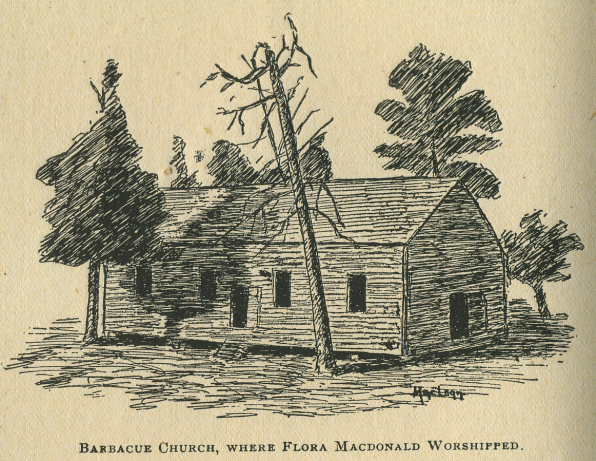
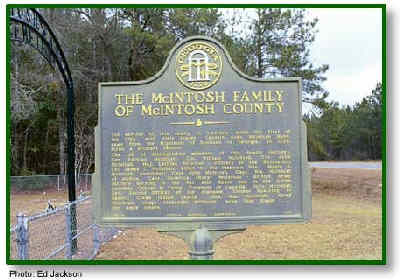
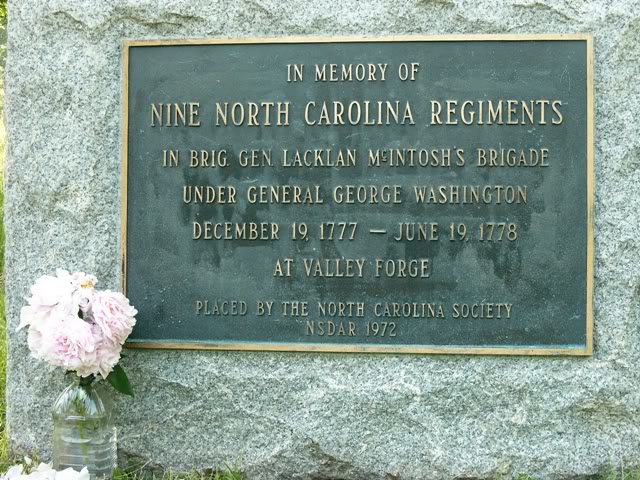
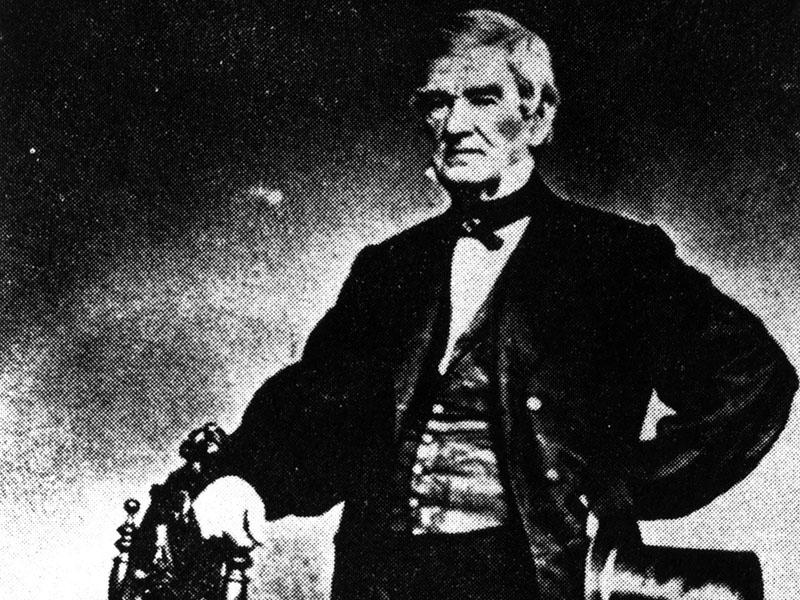
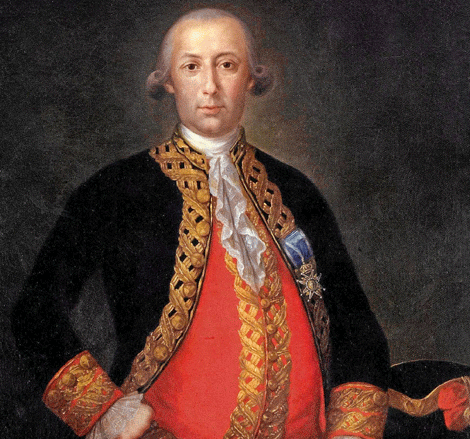
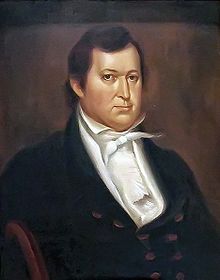

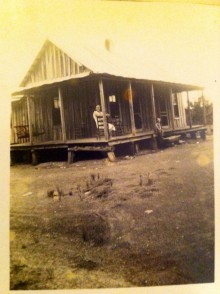
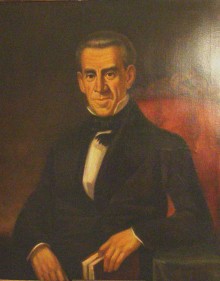
The Armstrong family. Greenville, Butler County, Alabama
Mollie Smith Waters
Scotch is whiskey, Scots are people
very nice article.
The Lumber River Scots is a fabulous book written in the 1940’s highlighting five families: The McLeans, Torreys, Purcells, McIntyres, and Gilchrists.
[…] (continued) […]
Cole Jones our people 🙂
Southside, Alabama (35907) is #15 on the list of “Top 101” zip codes with the largest percentage of Celtic first ancestries.
Yes
The Stuarts of Virginia ?
Yes, I do ! McLain Clan !
I’m in the same Clan as my cousin Darla Bowling Sams.
Clan Gunn
Daniel S. Campbell
Hannah Wallace Adam Wallace Rachel Borne McCool
Hard to believe you’d leave out the ‘Emperor of Alabama’. Alexander McGillivray. https://en.wikipedia.org/wiki/Alexander_McGillivray
This was an exact transcription from an article. I don’t know why he was left out.
My Scots ancestors settled in the Anniston/ Jacksonville area
The Taylor’s.
My dad was born in Alabama and he had his descendants searched and they were from Scotland and Ireland and my moms from England. I treasure this information.
Susan Cunningham
I am a Scot!
All Alabamans should read Donna Causey’s Website “Alabama Pioneers”. I’ve learned so much!
Thanks Susan!
My family is descended from these refugees.
My ancestors in south AL were Scott’s who migrated from NC.
My Scottish ancestor was kidnapped and brought here.
My family descended from Scots/Irish immigrants-McLeod, Mitchell, Bowden.
Clan Gregor For life! Go Scots!
Pat Crowder,Merdith Meredith Crowder,Matt Delana Crowder
Wow
I think I’m goin to move there……depending on the vote….LOL
Alabama Pioneers, do you have any info on the Shivers in lower Alabama from the early 1800’s
My family were Scots who were forced to Ireland then to America. They went to NC, then GA. After the Civil War all their lands were confiscated and they migrated to Alabama to a place that became Cooks Springs.
Very interesting!!!
Stacey Spalding this is why you love the Heart of Dixie so much!!!
Misty
I have read from several sources that my third great grandfather through my Taylor line was from the Scottish Highlands but I can’t find any documentation of this. His name was Freeman Wood (circa 1800-circa 1850). Can’t locate immigration documents, passenger list or anything prior to his marriage. I have info on his children and later generations all the way to myself. His family history completely evades me.
I also have Murphy surname that shows up around the same time in my ancestry but what I found on him says that he came from Ireland.
This article helps so much to understand why Freeman might have come to America, and gives me some idea of the path that he followed. I’ll continue the search for info on him. Thanks for posting!